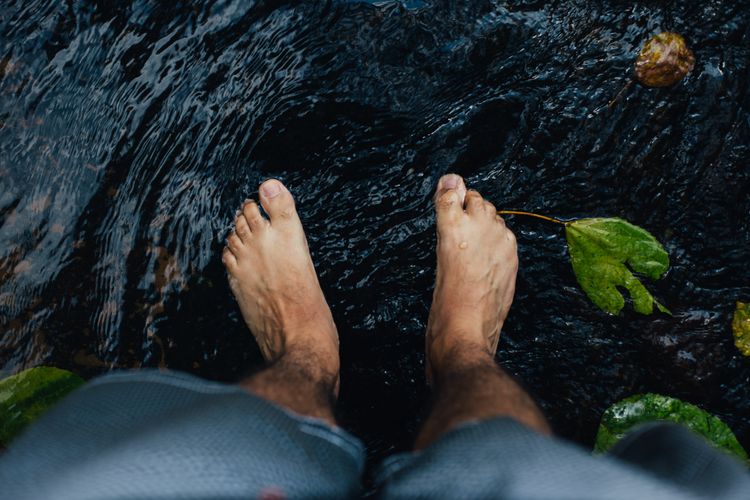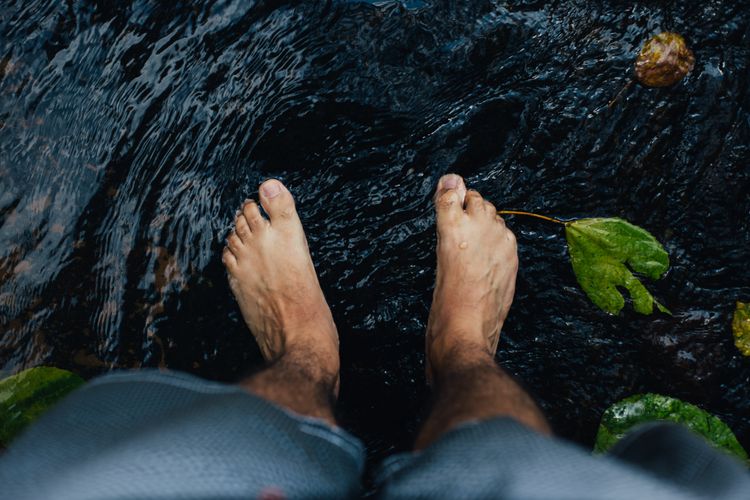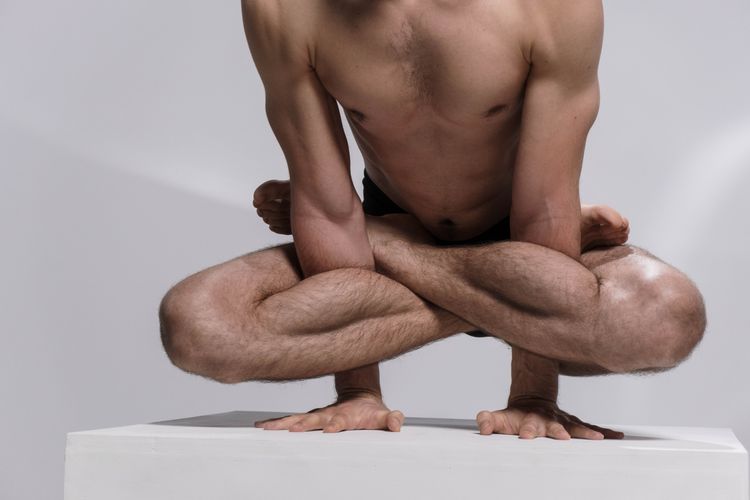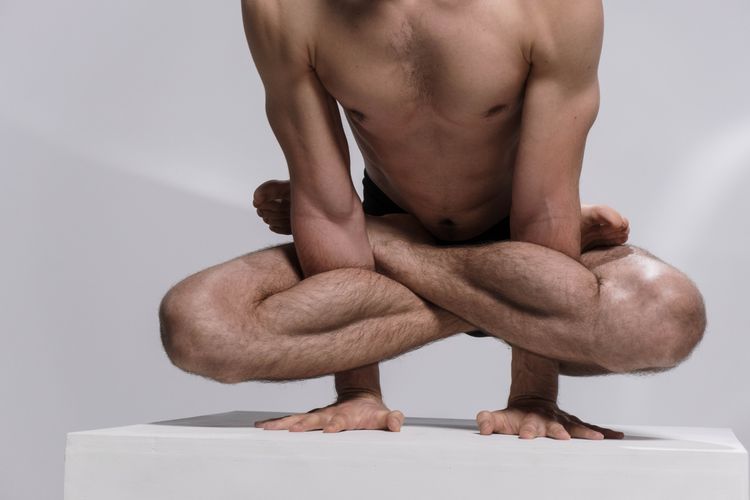PT Crab 🦀 Issue 158 - Footy

This week, we’re talking feet again because I can’t get enough of those weird little guys. They’re so complicated but they almost always work! It’s just crazy. Hands are cool too but I know a lot of PTs don’t believe those exist, so we’ll avoid them for now.
For feet, we’re looking into an overview of the anatomy of intrinsic foot musculature. King Crab supporters also got two more articles (as always), one about non-surgical treatments for hallux valgus, and a case report on treating Morton’s Neuroma. Join them here to get more.
Did you know that fewer than 5% of subscribers are supporters? But 65% of you read the Crab every single week. You clearly value the content I spit out week after week, so if you have a few spare bucks to throw my way for more content and to extend the life and scope of the Crab, please do! If you’re skint this winter, that’s okay, just invite a new reader instead. Forward this to them! Now. Do it now.
With that, let’s dive in!
Let’s look inside the foot
The Gist - How often do you think about the intrinsic muscles of the foot? Not often, I’d guess. This piece from the journal Physical Therapy in Sport takes a deep dive into them. Did you know there are 22? Like, I learned that, but definitely forgot. I think we all remember that there are 4 layers though. Overall, it’s a well-written, easy to understand piece that goes into the anatomy, biomechanics, and function of the muscles while also talking a bit about how we strengthen them when needed.
Let’s start where we should start, with evaluation. There aren’t gold standard assessments of foot intrinsic strength, but there are some ways to go after it. You can check toe flexion strength with MMT, toe grip strength with a dynamometer, toe flexion ability with the paper test (which we’ll get to), and the “intrinsic positive test” checks out intrinsic strength overall. The last two may be new to you, so let’s look at them.
The paper grip test “is an easy to perform clinical test where the participant attempts to grip a piece of paper under the tested toe which the examiner attempts to pull away. This technique has not been validated to the authors knowledge and one limitation of this test is that it has been shown to activate both the intrinsics and extrinsic muscles”. Meanwhile, the intrinsic positive test, “includes having the participant extend the great toe, while simultaneously attempting to flex the lesser toes at the MTP joint and extend the interphalangeal joints. If the participant is able to perform this, it demonstrates strength of the intrinsics (lesser MTP flexion combined with interphalangeal joint extension). To the authors knowledge the validity and reliability of this qualitative test has not been published.”
Tell Me More - But what’s the point? We know “these muscles aren’t large contributors to force generation in gait,” even though they are active in walking. Rather, it’s speculated that intrinsics are important for foot shape and structure (which you probably already knew) and proprioception via stretch responses (which you may not have known). Weakness or atrophy of the intrinsics can lead to a lot of stuff including hammer toe, claw toe, pes cavus (which can echo up the kinetic chain), Charcot-Marie-Tooth, hallux valgus, pes planus, a loose hind foot in gait, plantar fasciitis, and more.
It’s been shown that diabetic neuropathy can lead to this atrophy, leading to a high incidence of hammer and claw toe deformities in this population.
Rehab-wise, there’s not too much honestly. You probably already know these. We’ve got short foot exercise in sitting and standing, the “toe piano” exercises where you extend the great toe while keeping the others down, then the 2nd-5th toes while keeping the great toe down, there’s resisted toe flexion with a theraband, toe spreading, and towel crunches. All of these have been shown to activate intrinsic muscles quite a bit and they can also improve arch height and limit navicular drop.
The paper has a lot more and it’s easy to read, like I said. So if you enjoyed this quick summary, I’d highly recommend it.
I wanna see! Gotcha.
And that’s our week! If you can join as a supporter, please do. You can do that here. Bye!
Here's the bibliography this week:
- Jastifer, J. R. (2023). Intrinsic muscles of the foot: Anatomy, function, rehabilitation. Physical Therapy in Sport, 61, 27–36. https://doi.org/10.1016/j.ptsp.2023.02.005






Comments
Want to leave a comment and discuss this with your fellow PTs? Join PT Crab and get summarized PT research in your inbox, every week.